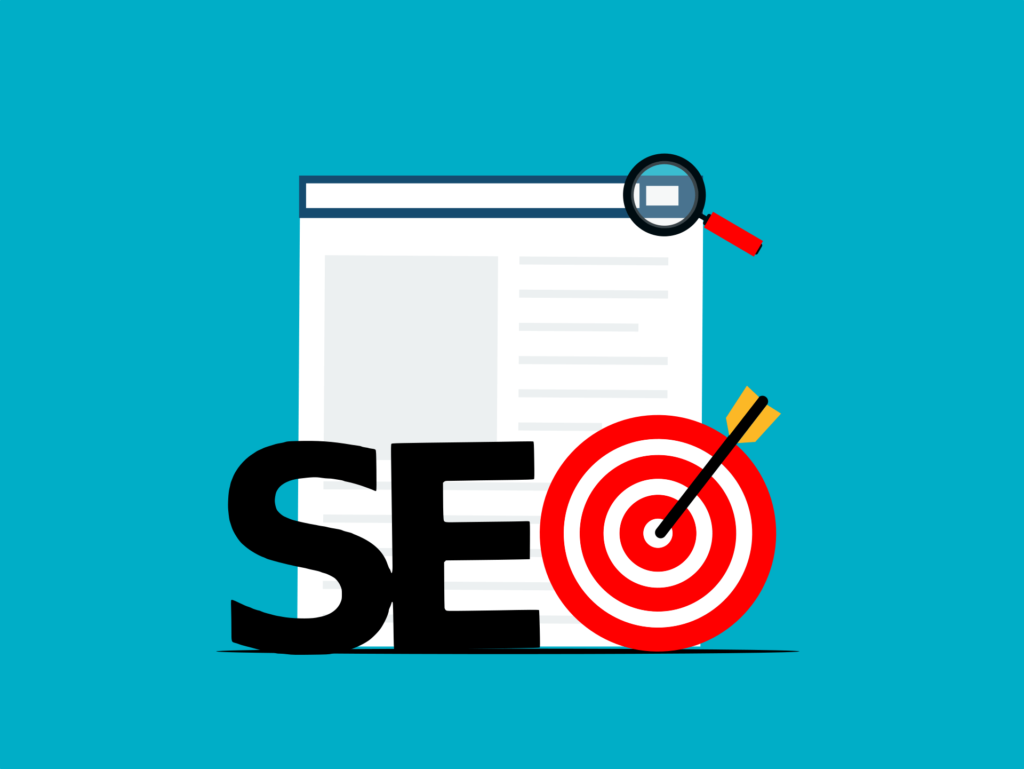On-page SEO is the practice of optimizing individual web pages in order to rank higher and earn more relevant traffic in search engines. It refers to both the content and HTML source code of a page that can be optimized, as opposed to off-page SEO which refers to links and other external signals.
On-page optimizations target a page’s content and source code, and include creating content, inserting keywords, improving page speed, and more.
Here are some of the best practices for on-page SEO:
- Ensure mobile friendliness: Mobile friendliness is an important ranking factor for Google.
- Improve page load times: Page load times are also an important ranking factor for Google.
- Optimize for featured snippets: Featured snippets are the short snippets of text that appear at the top of search results.
- Monitor and improve user engagement: User engagement is an important ranking factor for Google.
- Use descriptive URLs: Descriptive URLs help search engines understand what your page is about.
- Use header tags: Header tags help search engines understand the structure of your content.
- Optimize images: Optimizing images can help improve page load times.
- Use internal linking: Internal linking can help search engines understand the structure of your website.
- Use descriptive meta tags: Descriptive meta tags can help search engines understand what your page is about.
- Use schema markup: Schema markup can help search engines understand the content on your page.
Improve your On-page SEO
Here are some ways to improve your on-page SEO:
- Create great content: One of the most powerful ways to improve SEO is to develop trustworthy, interesting content that will bring searchers to your site.
- Use the right keywords: As you create content, be sure to naturally include keywords that will help you rank in search engines.
- Perfect your titles and meta descriptions: Titles and meta descriptions are the first things people see when they search for your site.
- Optimize for featured snippets: Featured snippets are the short snippets of text that appear at the top of search results.
- Monitor and improve user engagement: User engagement is an important ranking factor for Google.
- Use descriptive URLs: Descriptive URLs help search engines understand what your page is about.
- Use header tags: Header tags help search engines understand the structure of your content.
- Optimize images: Optimizing images can help improve page load times.
- Use internal linking: Internal linking can help search engines understand the structure of your website.
- Use descriptive meta tags: Descriptive meta tags can help search engines understand what your page is about.
- Use schema markup: Schema markup can help search engines understand the content on your page.
- Update existing content: Find pages that haven’t been updated in the last 12+ months and review the page to update it.
- Structure your content for featured snippets: Featured snippets are those large boxes that you see at the top of search results.
- Create a mobile-friendly site: Mobile friendliness is an important ranking factor for Google

